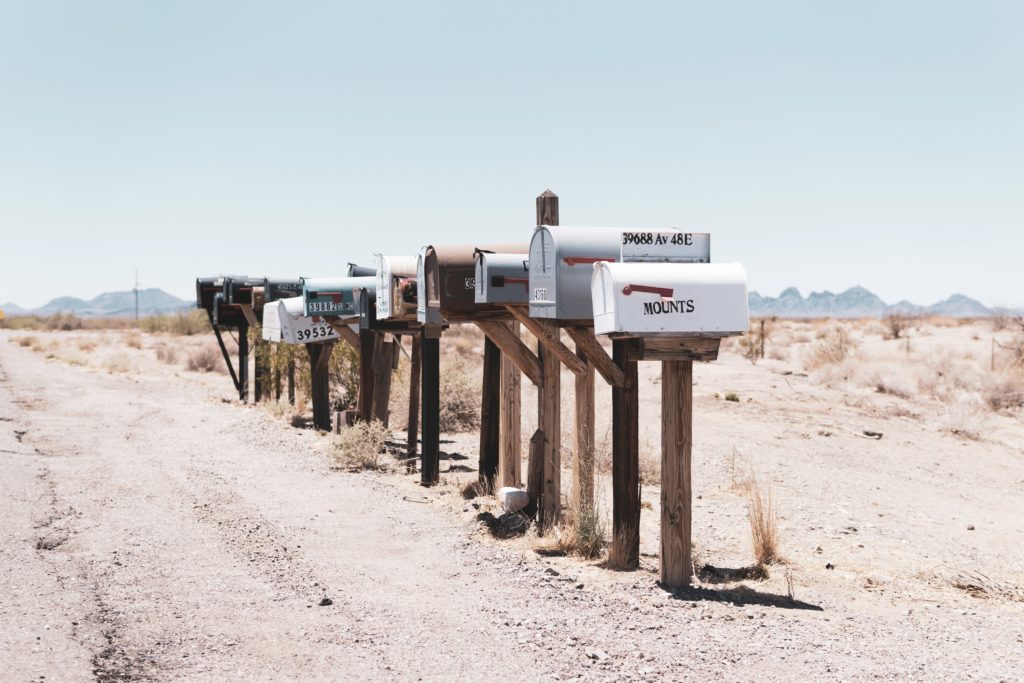For many workplaces, email communication is a lifeline. Email allows employees to exchange important information, send vital documents and communicate out of hours, making it a useful tool for members of staff who work across different departments or branches.However, inefficient email usage can have the opposite effect. If your employees send messages too frequently or don’t convey messages as concisely as possible, email communication can contribute to lost time. In fact, workers between the ages of 25 and 34 admit to sending up to 15 unnecessary emails per day, totalling 80 minutes of lost time. To help you and your employees make the most of this helpful resource without it harming overall productivity rates, here are five simple ways to improve workplace email communication.
Only Send Emails When You Need To
Thinking twice before sending an email could save you and the recipient a significant amount of time. Unnecessary emails can clog up an inbox quickly, leaving information to get lost amongst a stream of unimportant messages. To prevent this from happening, only send emails when you need to; some conversations are easier to hold over the phone or face to face.
Proof Your Emails Before Sending
Make sure to re-read your emails a couple of times before pressing the send button. Obvious spelling mistakes and grammatical errors may make you look unprofessional, but this isn’t the only thing you need to be aware of. You should also make sure that your email makes sense and clearly conveys what you’re trying to say. If the email recipient has to read the message over and over again to make sense of the key message, they are likely to become frustrated quite quickly.
Don’t Email If It’s Urgent
You should only send emails for non-urgent communications. If an issue needs to be resolved immediately, make sure to call or speak to your colleague face to face. Remember – many people don’t respond to emails as soon as they receive them and most likely won’t be able to respond to an emergency in the timeframe you would like them to.
Don’t Follow Up Too Quickly
It can be tempting to follow up on emails if you haven’t heard back from a colleague or client within 24 hours, but it’s important to be patient. Replying to emails can take time, so don’t expect to hear back within a couple of minutes. Following up too quickly will likely frustrate the recipient, so only follow up on emails if you don’t receive a reply after a couple of days.
Only Send Important Attachments
Sending jokey files or video attachments to your colleagues could be a recipe for disaster. You might unintentionally offend an employee, waste a colleague’s time during a busy working day, or leave someone’s device open to harmful viruses. You should only send work-specific files and never direct someone to a spoof website or anything else that could compromise their internet safety.
The number one way to improve email usage in the workplace is to invest in a reliable anti-spam gateway, such as MailCleaner. MailCleaner offers high-quality protection against harmful viruses – and eliminates up to 99% of spam! To discuss your email security requirements in more detail, contact us today.
